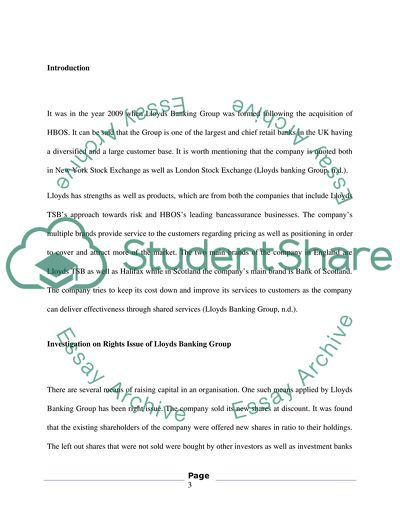Cite this document
(Lloyds Banking Group Case Study Example | Topics and Well Written Essays - 2000 words - 1, n.d.)
Lloyds Banking Group Case Study Example | Topics and Well Written Essays - 2000 words - 1. Retrieved from https://studentshare.org/finance-accounting/1750140-corporate-financial-management
Lloyds Banking Group Case Study Example | Topics and Well Written Essays - 2000 words - 1. Retrieved from https://studentshare.org/finance-accounting/1750140-corporate-financial-management
(Lloyds Banking Group Case Study Example | Topics and Well Written Essays - 2000 Words - 1)
Lloyds Banking Group Case Study Example | Topics and Well Written Essays - 2000 Words - 1. https://studentshare.org/finance-accounting/1750140-corporate-financial-management.
Lloyds Banking Group Case Study Example | Topics and Well Written Essays - 2000 Words - 1. https://studentshare.org/finance-accounting/1750140-corporate-financial-management.
“Lloyds Banking Group Case Study Example | Topics and Well Written Essays - 2000 Words - 1”. https://studentshare.org/finance-accounting/1750140-corporate-financial-management.


